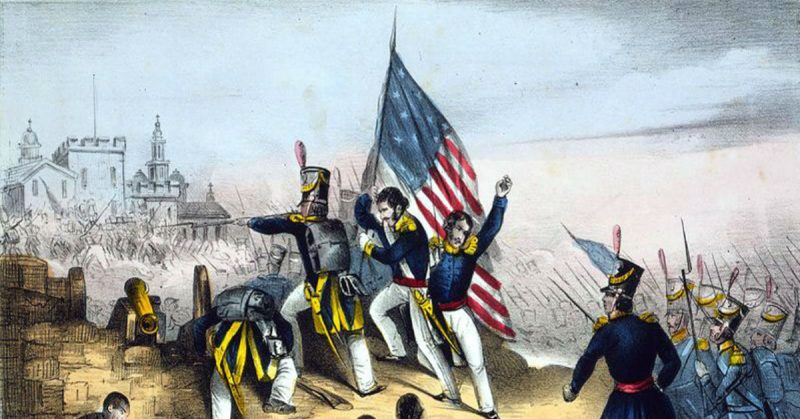Of all the notable Rebel general’s serving the rebellious south during the American Civil War, James Longstreet is one of the more overlooked. One of Robert E. Lee’s closest subordinates, the general spent a great deal of the war in the Virginian’s shadow.
Also, like the well-renowned Rebel commander, Longstreet first saw military action in the Mexican-American War. There, with fellow future Rebel and Union leaders, he would learn the ways of war they would use in the next conflict America faced.
Longstreet entered West Point Military Academy in 1838. During his training, he met several future allies and enemies – his roommate was no less a name than William Rosecrans. Graduating 54 out of a class of 56 in 1842, the future general shared one of his early posts as a brevet Second-Lieutenant with a young man by the name of Ulysses S. Grant.
The two developed a close friendship during the posting. Longstreet and his friend would find themselves at Corpus Christi as war clouds formed between the two republics. The assembled officers bided the winter before the expected war, according to the future general’s memoirs, by building a theater and performing “The Moor of Venice.”
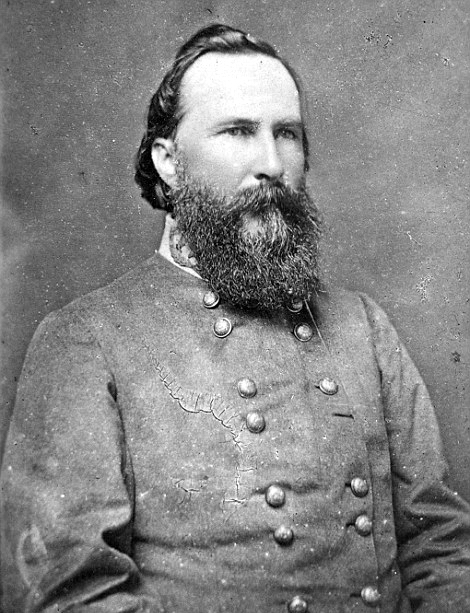
When war finally broke out in the spring of 1846, Longstreet, like Grant, participated in the first major engagement of the war, the Battle of Palo Alto. Together with Grant, the two engaged the vast forces of General Arista.
Longstreet wrote in his memoirs of the attack on Fort Texas, writing how “We had heard the artillery-fire upon comrades left at the forts, and were anxiously looking for the order.
It was received with cheers, and a good march was made, but the night was awful. The mosquitoes seemed as thick as the blades of grass on the prairie, and swarmed and buzzed in clouds, and packs of half-famished wolves prowled and howled about us.”
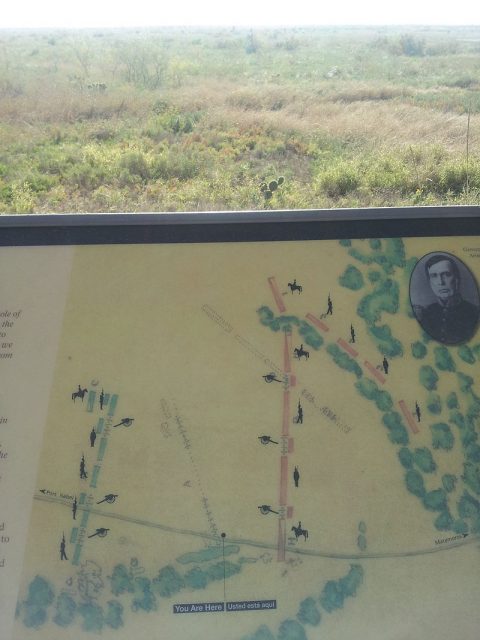
Thanks to effective artillery and cavalry maneuvering, the American forces held the ground and forced the larger Mexican Army to withdraw. Longstreet also participated in the Battle of Resaca de la Palma. Unfortunately, Longstreet wrote nothing of his own escapades in either battle. Though Longstreet’s actions were a mystery early on, his record in later conflicts fortunately speaks for him.

In the Battle of Monterrey, Longstreet commanded Company A of his regiment, under General Worth’s division in the First Brigade. There he learned valuable lessons in command and coordination.
At the battle itself, his company followed the Rangers up the road towards the city, the rest of the division behind them. In the fierce fighting that ensued, his courage under fire and quick thinking when faced with a charge of enemy lancers distinguished the young officer.
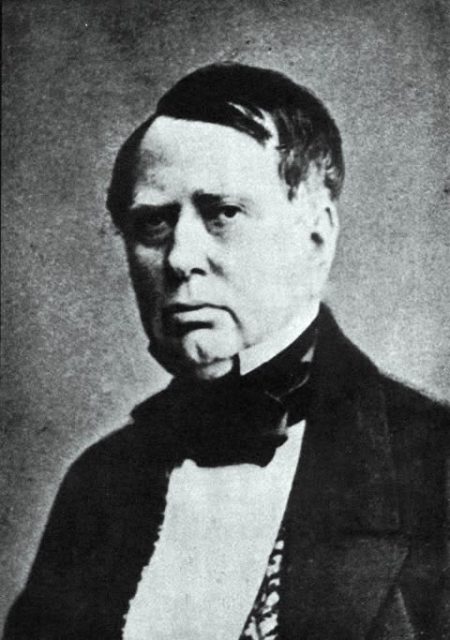
Longstreet, like many in Taylor’s Army, was transferred to Major General Winfield Scott’s Army created to capture Mexico City. The Army landed at Vera Cruz, where Longstreet took part.
For his bravery at Contreras and Churubusco, Longstreet was brevetted to the rank of Captain. For Molino del Rey, five days before the assault on Mexico City, Longstreet was personally commended for his performance by General Worth and promoted to brevet Major.
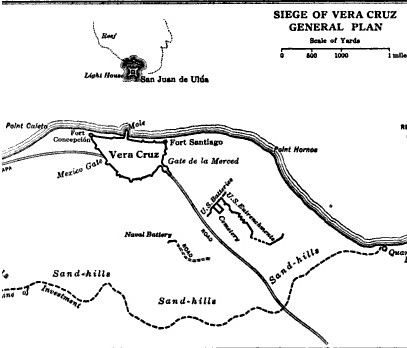
At the Battle of Chapultepec of September12, 1847, Longstreet served at the front of the 8th Infantry’s lines, carrying its flag as the force charged into battle. As the unit moved up a hillside toward their goal, Longstreet was hit by a musket ball through the thigh. The wound disabled him, forcing him to hand off the colors to a Lieutenant by the name of George. E. Pickett.
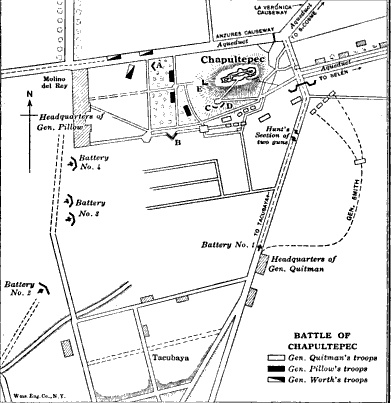
Longstreet’s wound took time to heal, but it also gave him time to mull over the lessons of the war. Witnessing the logistical challenges faced in Mexico combined with Longstreet’s practical command experience created an excellent foundation for a future commander. Along with his personal bravery, Longstreet could look to a promising career in the Army, even if the color was grey and not blue.
